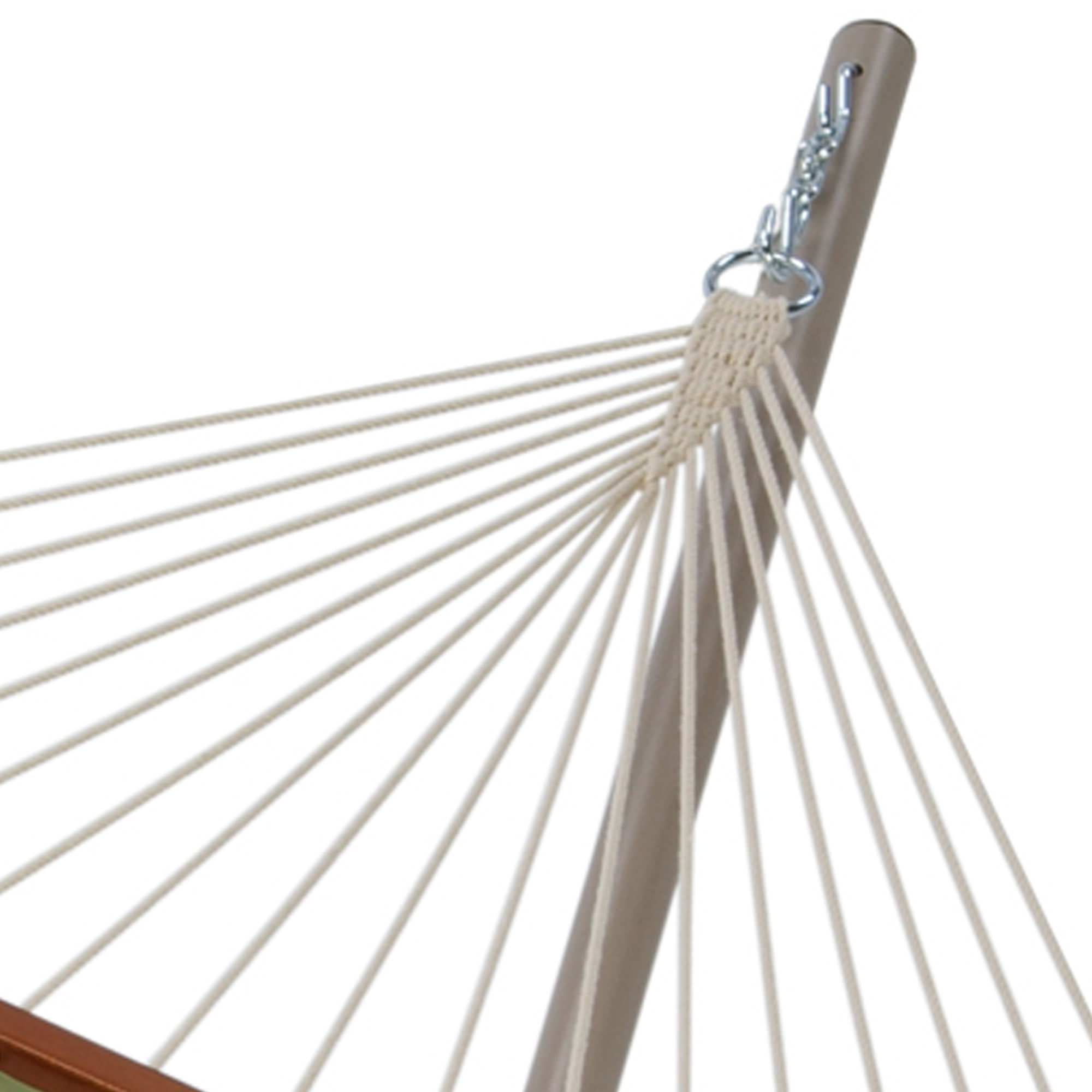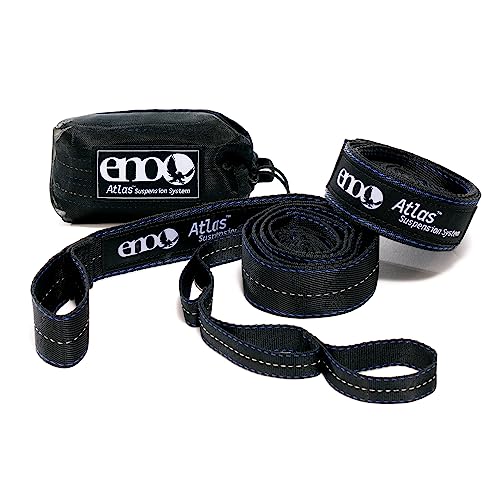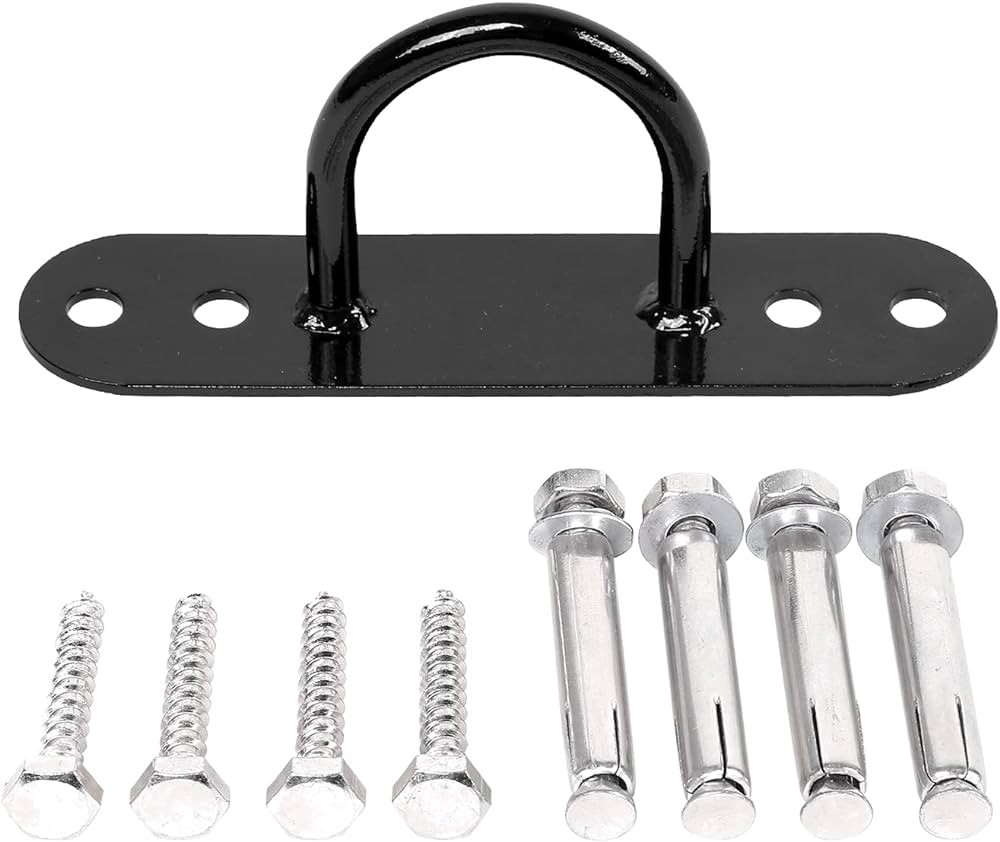- 8 Airplane Footrest Hammock!Travel comfortably - October 9, 2023
- top 7 Pool Float Water Hammock for a Relaxing Summer - October 9, 2023
- top 5 Space SaverSingle Hammock Stand Maximize Comfort and Space - October 9, 2023
To replace the ropes on a hammock, reweave the damaged section of the bed and tie it off with an overhand knot. You can also purchase rope repair kits or replacement ropes online to make the process easier.
Damage to the hammock bed can be fixed by reweaving and tying off the ropes to ensure the hammock is secure and comfortable to use. Whether you choose to DIY or purchase a repair kit, replacing the ropes will extend the lifespan of your hammock and allow you to continue enjoying peaceful relaxation.
Why Should You Restring Your Hammock?
Importance Of Maintaining The Integrity Of The Hammock
Restringing your hammock is essential for maintaining its overall integrity. Over time, the ropes of a hammock can wear down, become frayed, or even snap, compromising the hammock’s safety and functionality. By restringing the ropes, you can extend the lifespan of your hammock and ensure that it remains strong and secure for your relaxation needs.
Signs Of Wear And Tear In The Rope
It is important to be aware of the signs of wear and tear in the rope of your hammock. Some common indicators include frayed or loose strands, discoloration, and weakened areas. If you notice any of these signs, it is a clear indication that the rope needs to be replaced. Ignoring these signs can lead to safety risks and accidents, so it is crucial to address them promptly.
Benefits Of Restringing For Safety And Comfort
When you restring your hammock, you are ensuring both safety and comfort. By replacing worn-out ropes with new, sturdy ones, you eliminate the risk of the hammock collapsing or breaking while in use. This ensures a safe and relaxing experience, giving you peace of mind.
Moreover, restringing your hammock also enhances comfort. Over time, the ropes of a hammock can stretch and lose their tautness, resulting in a saggy or uneven surface. By restringing, you restore the hammock’s proper tension, providing a comfortable and supportive resting area.
In conclusion, restringing your hammock is crucial for maintaining its integrity, ensuring safety, and enhancing comfort. By addressing any signs of wear and tear in the rope promptly, you can extend the lifespan of your hammock while enjoying a secure and enjoyable lounging experience.
Choosing The Right Rope For Your Hammock
When it comes to enjoying the outdoors and relaxing in your hammock, having the right rope is essential. The rope not only supports your weight but also ensures the durability and longevity of your hammock. In this guide, we will explore the factors to consider when selecting rope material, a comparison of different rope materials, and the recommended rope thickness for different hammock types.
Factors To Consider When Selecting Rope Material
Before you choose the rope material for your hammock, there are a few factors you should keep in mind:
- Strength: The rope should be strong enough to support your weight and withstand outdoor elements.
- Durability: Look for a rope material that is resistant to wear and tear, UV rays, and moisture.
- Comfort: Consider the comfort level of the rope against your skin. Some materials may be rougher than others.
- Weight: Choose a rope material that is lightweight and easy to carry.
- Ease of maintenance: Consider how easy it is to clean and maintain the rope material.
Comparison Of Different Rope Materials
| Rope Material | Pros | Cons |
|---|---|---|
| Cotton | Natural and soft | Prone to mold, mildew, and rot |
| Nylon | Strong and durable | Can stretch and lose strength over time |
| Polyester | Durable and resistant to UV rays and moisture | Not as soft as cotton |
Recommended Rope Thickness For Different Hammock Types
The thickness of the rope is also an important consideration when choosing the right rope for your hammock. The recommended rope thickness varies depending on the type of hammock:
- Single-person hammocks: 6mm to 8mm diameter rope
- Double-person or family-sized hammocks: 10mm to 12mm diameter rope
By considering these factors and choosing the right rope material and thickness, you can ensure a comfortable and long-lasting hammock experience. So go ahead, pick the perfect rope for your hammock and enjoy relaxing in nature!
Tools And Materials Needed For Restringing
If your hammock is in need of rope replacement, you’ll need a few essential tools and materials to get the job done. Below, we’ve listed the tools and additional materials that may be required for restinging your hammock.
Eseential Tools For The Job
- Scissors: A pair of scissors is necessary for cutting the old rope and any excess material.
- Tape: You’ll need tape to secure the ends of the new rope and prevent fraying.
- Measuring tape: To ensure accurate and precise restringing, a measuring tape will come in handy.
Additional Materials That May Be Required
- Carabiners: Depending on the design of your hammock, you may require carabiners for attaching the new rope to the hammock loops.
- Rings: Rings can also be used to connect the new rope to your hammock, providing added strength and durability.
Where to purchase the necessary items:
| Item | Where to Purchase |
|---|---|
| Scissors | Amazon.com |
| Tape | Amazon.com |
| Measuring tape | Amazon.com |
| Carabiners | Amazon.com |
| Rings | Amazon.com |
Step-by-step Guide To Restringing Your Hammock
htmlPreparing The Hammock For Restringing
Before you start restringing your hammock, it’s important to prepare it properly. Begin by removing any accessories or attachments from the hammock, such as carabiners or spreader bars. Lay the hammock flat on a clean surface, making sure it is completely unfolded and taut.
Detaching The Old Rope
The next step is to detach the old rope from your hammock. Carefully inspect the knots or attachment points on each end of the hammock. Untie or remove any knots, carabiners, or other fasteners that are holding the rope in place. Be gentle to avoid damaging the fabric of the hammock.
Measuring And Cutting The New Rope
Once the old rope is detached, it’s time to measure and cut the new rope. Determine the desired length of the rope based on the size of your hammock and personal preference. Remember to account for any additional length needed for tying knots or attaching carabiners. Use a measuring tape to ensure accuracy, and cut the rope with sharp scissors or a knife.
Attaching The New Rope To The Hammock
With the new rope cut to the appropriate length, it’s time to attach it to the hammock. Starting at one end of the hammock, thread the rope through the attachment points or loops on the fabric. Make sure the rope is evenly distributed on both sides of the hammock. Tie secure knots, such as a square knot or bowline, on each end to secure the rope in place.
Adjusting The Tension And Testing The Restringed Hammock
Once the new rope is securely attached, it’s important to adjust the tension of the hammock. Gently push down on the center of the hammock to create a slight sag. The ideal tension should allow the hammock to conform to the natural curvature of your body without touching the ground. Test the hammock by sitting or lying in it, ensuring that it feels comfortable and supportive.
By following this step-by-step guide, you can easily restring your hammock and enjoy its relaxing benefits once again. Remember to take your time and handle the hammock with care to avoid any damage during the restringing process.
Tips For Fixing Common Hammock Issues
Hammocks are a beloved addition to any outdoor space, offering a and#x1f43c; relaxing and comfortable spot to unwind. However, like any outdoor furniture, hammocks can sometimes experience common issues that require repair. In this article, we will explore some common hammock issues and provide you with tips for fixing them.
Fixing Sagging Hammocks
Sagging hammocks can be a real pain, diminishing your comfort and overall relaxation experience. Thankfully, this issue can be easily resolved. Follow these steps to fix a sagging hammock:
- Identify the cause: Check if the problem lies in the hammock fabric or the ropes. This will help you determine the appropriate solution.
- Adjust the ropes: If the ropes are causing the sagging, you can tighten them by adding more tension. Start by untying the ropes from the anchors, then adjust the tension by either shortening or lengthening the ropes.
- Replace the fabric: If the hammock fabric is stretched or worn, it may be time to replace it. Measure the size of your current hammock fabric and purchase a new one that matches the dimensions.
- Reattach the fabric: Once you have the new fabric, remove the old one and carefully attach the new fabric to the hammock’s ropes. Make sure the fabric is secure and evenly distributed.
Repairing Frayed Or Damaged Rope
Over time, ropes in hammocks can become frayed or even damaged, compromising the hammock’s overall stability. Follow these instructions to repair frayed or damaged rope:
- Identify the damaged rope: Carefully inspect your hammock ropes and identify any areas that are frayed or showing signs of damage.
- Trim the frayed sections: Using sharp scissors or a knife, trim the frayed sections of the rope, ensuring a clean-cut.
- Use a rope repair kit: If the damage is severe, consider using a rope repair kit specifically designed for hammocks. These kits typically include replacement ropes and instructions for installation.
- Replace the damaged rope: If the damage is beyond repair, you may need to replace the entire rope. Purchase a new rope that matches the size and material of your original rope.
- Secure the new rope: Attach the new rope to the hammock, ensuring it is securely tied or threaded through the appropriate loops.
Dealing With Tangled Or Twisted Ropes
Tangled or twisted ropes are not only frustrating but can also affect the comfort and stability of your hammock. Follow these steps to untangle and straighten your hammock ropes:
- Identify the tangles: Carefully inspect the ropes and locate the areas where they are tangled or twisted.
- Gently untangle: Start by gently pulling and separating the tangled sections of rope. Avoid forcefully yanking on the ropes, as this can cause further damage.
- Straighten the ropes: Once untangled, lay the ropes flat on the ground and gently stretch them to remove any remaining twists or kinks.
Preventing Future Rope Damage And Wear
Prevention is always better than cure when it comes to hammock maintenance. Here are some tips to prevent future rope damage and wear:
- Avoid overloading: Pay attention to the weight capacity of your hammock and avoid exceeding it. Overloading can lead to rope stretching and potential breakage.
- Regular cleaning: Keep your hammock clean by regularly washing it according to the manufacturer’s instructions. This helps prevent dirt and debris from causing abrasion and premature rope wear.
- Protect from harsh weather: If possible, bring your hammock indoors or store it in a sheltered area when not in use. Exposure to extreme weather conditions can weaken the ropes over time.
- Use tree-friendly straps: When setting up your hammock, use tree-friendly straps to avoid damaging tree bark or other anchor points. These straps distribute the weight more evenly and reduce stress on the ropes.
By following these tips and addressing common hammock issues promptly, you can keep your hammock in excellent condition and ensure many more enjoyable hours of relaxation.

Credit: hatterashammocks.com
Frequently Asked Questions Of Hammock Rope Replacement
Can A Rope Hammock Be Repaired?
Yes, a rope hammock can be repaired. If there is damage to the bed of the hammock, it can be fixed by reweaving a section and tying it off with an overhand knot. Here are the directions for this repair.
How Much Paracord Do You Need For A Hammock?
You will need approximately X feet of paracord for a hammock.
How To Fix A Mexican Hammock?
To fix a Mexican hammock, restring the hammock by laying the loops flat, taping down the ropes, and weaving through the loops. Make sure to tie the ropes together with a square knot and trim any excess rope. Avoid starting sentences with certain words or phrases and write in an active voice.
What Is The Best Knot For A Hammock Rope?
The best knot for a hammock rope is an overhand knot. This knot is easy to tie and provides a secure hold for the hammock. Reweaving a section of the bed and tying off with an overhand knot is the best way to repair a rope hammock.
How Can I Replace The Rope On My Hammock?
Replacing the rope on your hammock is easy. Follow these simple steps to restring your hammock and enjoy it again.
What Type Of Rope Should I Use For My Hammock?
Choosing the right type of rope for your hammock is important. Opt for strong and durable ropes like nylon or polyester for a long-lasting and comfortable hammock experience.
Conclusion
If you’re wondering how to fix a hammock and replace the rope, rest easy knowing it’s a relatively simple process. By following the steps mentioned earlier, you can restring your hammock with ease. Whether you choose to reweave a section of the bed or tie off with an overhand knot, the repair process is manageable.
Don’t worry if the rope is damaged; it can be easily replaced. With a little bit of effort, you can restore your hammock to its former glory and enjoy many more relaxing moments in it.






